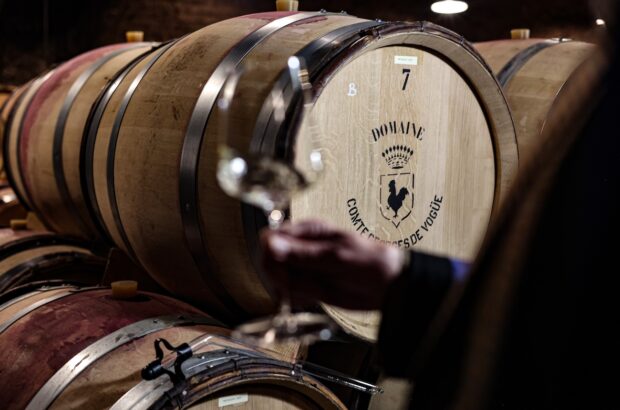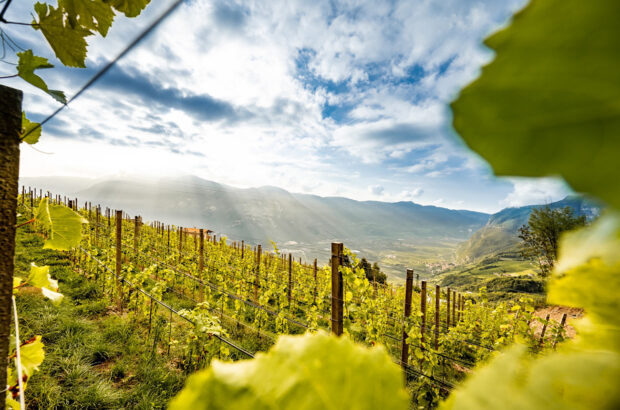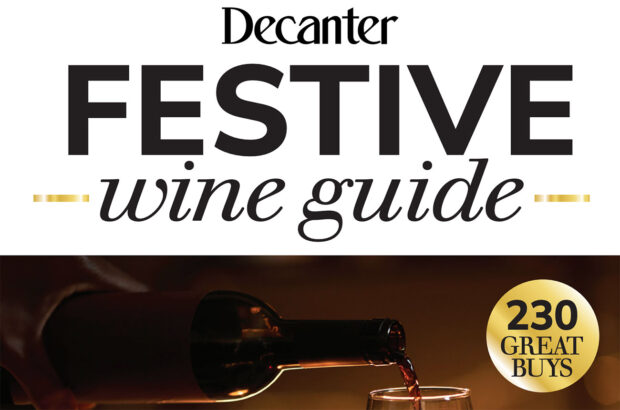Sonoma County is the most diverse wine-growing region in America – even, maybe, the world. Three-times the size of Napa County, it comprises 13 American Viticultural Appellations (AVAs), and untold microclimates. Almost every varietal thrives somewhere here.
Yet it’s that very versatility that has given the region something of an identity crisis in the past. While Napa has one easy-to-navigate valley and a gift for growing Cabernet Sauvignon, Sonoma has tried to be all grapes to all people. Is it Cabernet Sauvignon or Pinot Noir? Chardonnay or Sauvignon Blanc? So far, the answer has been ‘All-of-the-Above’, and from every appellation in the county.
Now, the wine map is changing, partly due to the coincidence of a poor economic climate with a grape glut. Sonoma wineries are being forced to pay more attention to terroir, both at the broader, appellation level, and within individual vineyards.
Sonoma Finding a Niche
Many wineries are hitting their stride with this more site-specific approach, coupled with a strategy of increasing specialisation. ‘You have to have a niche,’ says Robert Carroll, general manager of Stonestreet Winery in Alexander Valley. You can’t be all things to all people.’
Differentiation is yet more important when competition is fierce. So expect to see more ‘Dry Creek Valley’ and similar designations on wine shelves instead of just plain old ‘Sonoma County’ – especially at the high-end. ‘What we’ve heard for years is that consumers don’t understand appellations,’ says Duff Bevill, one of the county’s most knowledgeable growers. ‘Well, they’re starting to.’
George Bursick, winemaker for Ferrari-Carano Winery in Sonoma’s Dry Creek Valley, agrees. ‘Rather than take all these appellations and smush them together, we’re trying to make wines that are characteristic signatures of the areas,’ he says. To that end, Ferrari-Carano is building a new winery on Alexander Mountain to specialise in Cabernet Sauvignon.
Ironically, one of California’s worst problems has allowed Sonoma to re-focus. ‘We had the distinct luxury of rebooting the computer after phylloxera,’ says Mike Benziger, founder of the Benziger Family Winery in Sonoma Valley, the appellation parallel to Napa. As growers were forced to replant their vines, so they had an opportunity to consider which varietals worked in Sonoma’s microclimates.
Many wineries are experimenting with Syrah and Sangiovese, with varying degrees of success. But even the most popular and profitable grapes are being re-tooled. ‘People are really fine-tuning their approach to Chardonnay,’ says Peter Marks, curator of wine at COPIA, the American Centre for Wine, Food and the Arts in Napa.
‘With Pinot Noir, they gravitated to the right areas right away. But Chardonnay was just planted everywhere. Now they are concentrating on the cooler areas.’ So much so that some predict that in 20 years there will be no Chardonnay planted in Dry Creek or Alexander Valley, two of the warmest appellations.
David Ramey, who has made wine all over Sonoma, now makes two Chardonnays under his Ramey Cellars label. One is from Carneros (the far southern area of the country, which touches the San Pablo Bay) the other from Russian River (the other most established cool-climate Sonoma region). Both wines are squarely in the Burgundy style.
Ramey calls Sonoma’s shift a move to the Burgundy model, referring to the concept of organising the region by village and various crus. ‘This is a good and natural development,’ he says. ‘From a marketing perspective it makes sense – the charm and interest of wine comes from the differences between them.’ The other hot spot for cool-climate varietals is Sonoma Coast. ‘In 20 years, I wouldn’t be surprised if Sonoma is known for Pinot Noir more than anything else,’ says Benziger. ‘And Sonoma Coast will be the centre of that.’
Sonoma Coast is the largest appellation by far, and has one edge running along the Pacific Ocean. ‘It’s the new frontier in a way,’ says Nick Frey, executive director of the Sonoma Grape Growers Association. ‘It has a large maritime influence.’ There are only two wineries here so far – but many major operations have vineyards, including Kendall Jackson and cult favourite Marcassin, crafted by Helen Turley.
The star of the area is Flowers, a smaller operation that has produced stellar Pinot Noir and Chardonnay in its first decade of operation. As Flowers’ winemaker Hugh Chappelle sees it, ‘Sonoma Coast wines tend to be highly structured and age-worthy.’ The reason is what vineyard manager Greg Adams calls ‘extreme viticulture’ – the vines have to contend with wind, rain and hail, especially early in the growing season, and can end up almost like raisins when harvested, making for Pinots with both elegance and grip.
Coming of age
With dramatic areas like that on its doorstep, what took Sonomans so long to specialise? ‘It takes a generation to realise where the best sites are and where various varieties belong,’ says Duff Bevill, who farms 800 acres in Sonoma and manages all of Dry Creek Winery’s vineyards. Since the modern era of California’s fine wine business only got started in earnest about 35 years ago, that process is still evolving.
Bevill does most of his work in Dry Creek Valley, famed for its Zinfandels. Zin is Sonoma’s signature grape, one that reaches its fullest expression within its borders. It’s been grown in Sonoma for more than a century. Fitting, then, that the newest Sonoma appellation – Rockpile – should be Zin heaven.
Rockpile is already being buzzed about as the next cult. Beginning at the northern end of the Dry Creek Valley, Rockpile boasts high-elevation vineyards and a Zin-friendly climate: lots of sun but not extremely hot temperatures, with little fog. About 11 growers currently grow grapes in Rockpile, most of them on severely terraced slopes.
‘This ranch has been in our family since 1868, and was planted to vines in the late 1800s,’ says Thom Mauritson, who has just founded a label called Rockpile, with son Clay (at the ripe old age of 27) serving as winemaker. Because of the interest in the area, the pair were happy to trademark ‘Rockpile’ as a proprietary label.
The Mauritsons are only making a total of 4,000 cases of wine these days, so their attempt to stake out new territory can hardly be seen as the bellwether for a whole industry. But the biggest players in Sonoma are actually leading the way in terms of niche marketing.
Gallo of Sonoma, the fine-wine arm of E&J Gallo, has shocked many with its high-quality wines, since the brand name brings to mind bulk production. Gallo owns 6,000 acres of land in Sonoma, much of it prime real estate, yet eight of its Sonoma wines are from single-vineyards.
https://www.decanter.com/wine-news/gallo-and-fake-pinot-suppliers-sued-in-us-59625/
Jess Jackson, owner of the huge Kendall-Jackson brand, has taken a similar tack in buying or creating 10 smaller, high-quality wineries under the name Jackson Family Farms. They all exploit the unique climate of their Sonoma neighbourhoods: Stonestreet focuses on Alexander Mountain fruit, and Hartford Family on Russian River Pinot Noir.
Quality, not quantity
Seghesio Family Vineyards, which makes wine primarily from Alexander and Dry Creek Valleys, may best illustrate the changes. The Seghesios are one of the oldest grape-growing families in the county, but only in the past five years have they hit their stride. ‘It only took us 100 years to figure it out,’ says winemaker Ted Seghesio. He and his brother and CEO Peter took the business in a radically different direction in 1993, though the family elders were wary. Seghesio was then making 125,000 cases of mediocre wine, across a broad spectrum, and failing.
https://www.decanter.com/wine-news/pete-seghesio-dies-100242/
The solution? Cut down the size but ramp up the quality. ‘We went from 125,000 cases to 35,000 in 15 months,’ says Peter. ‘In 1993, to hang our hat on Italian varietals and Zinfandel? People thought we were crazy.’ But the approach saved them, particularly after capitalising on the quality of the long-held vineyards. Not everyone has that kind of inheritance to capitalise on, of course. But as the map of Sonoma changes, wineries are doing something very Californian indeed – adapting to the shifting ground beneath them.
Ted Loos is a freelance wine and food writer.







